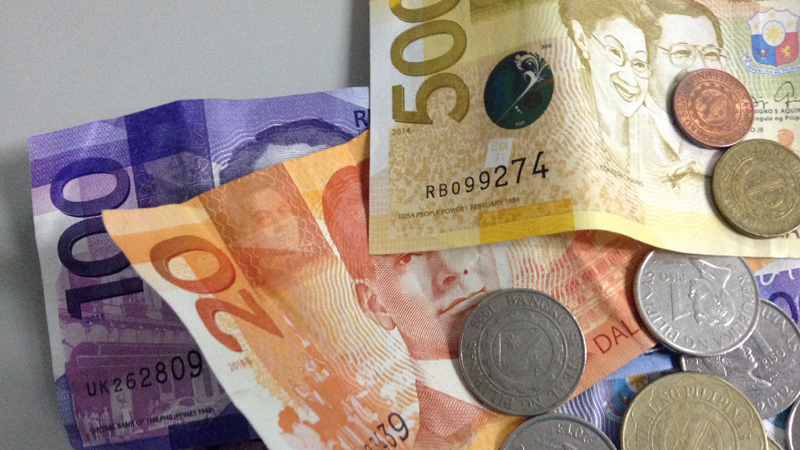BSP sees weaker peso

“The US Fed rate hikes in March and June 2017 as well as market concerns on the widening of the country’s current account deficit contributed to peso depreciation,” the BSP said in a report to the recent Development Budget Coordination Committee (DBCC) executive technical board meeting.
From Jan. 3 to Dec. 13, the peso traded against the dollar at an average of 50.41, weaker than 47.49 in 2016, 45.50 in 2015, 44.40 in 2014, 42.45 in 2013, 42.23 in 2012, 43.31 in 2011 and 45.11 in 2010.
So far this year, the peso hit an over 11-year low of 51.80 to $1, while the strongest level it managed was 49.40 to a greenback.
The BSP noted that as of Dec. 13, only the peso and the Indonesian rupiah depreciated against the dollar, while the currencies of other Asian economies appreciated.
The peso posted a bigger year-to-date depreciation of 1.5 percent compared to the rupiah’s 0.8 percent.
In contrast, the South Korean won strengthened against the greenback by 10.5 percent; the Thai baht and the Malaysian ringgit, up 10 percent; the New Taiwan dollar, up 7.7 percent; the Singaporean dollar, up 7 percent; the Indian rupee, up 5.4 percent; the Chinese yuan, up 4.9 percent, and the Japanese yen, up 3.1 percent.
BSP data nonetheless showed that the year-to-date peso depreciation was slower than the 5 percent and 5.3 percent declines posted at end-2015 and end-2016, respectively. The peso also weakened by 7 percent and 0.7 percent year-on-year in 2013 and 2014, respectively.
The peso appreciated against the dollar by 5.4 percent in 2010, 0.9 percent in 2011 and 6.8 percent in 2012.
Moving forward, the BSP said expectations of higher US interest rate posed depreciation pressures on the peso.
“The market anticipates that the expansionary fiscal policies (in effect, higher spending and lower taxes) to be adopted by US President Donald Trump could be inflationary and hence, could lead to higher US interest rates. Expected higher yields in the US could induce capital outflows from emerging markets and could pose exchange rate depreciation pressures,” the BSP explained.
As such, during its meeting last Friday, the Cabinet-level DBCC raised the peso-dollar exchange rate assumptions for the next six years.
For 2017, the assumption of 48-50:$1 approved by the DBCC in June was raised to 50-51 to a dollar.
Economic managers also raised to a range of 49-52:$1 the assumptions from 2018 to 2022 from 48-51:$1 previously.
Budget Secretary Benjamin E. Diokno told reporters that this adjustment should not be a cause of deep concern as the “peso depreciation is favorable to our fiscal position.”
Based on market projections, the peso is expected to trade within the ranges of 50-52.35 in January next year, 50.25-52.44:$1 in February and 50.83-53:$1 in March.
